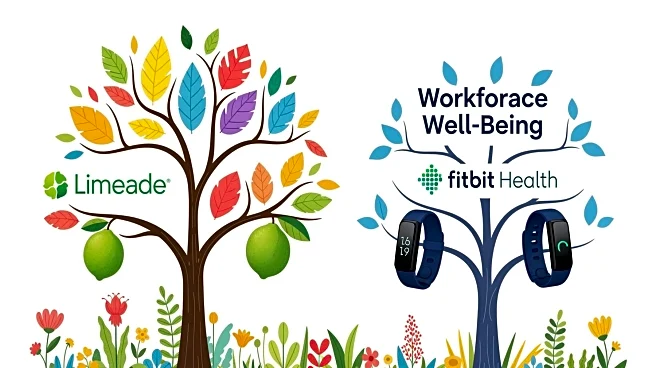What's Happening?
The IRS has updated the Affordable Care Act (ACA) reporting requirements for Forms 1095-B and 1095-C, aiming to reduce administrative costs and simplify reporting processes. These changes present new compliance
challenges for employers and health insurance providers. Concurrently, labor trends are showing increased hiring momentum, expanded skills-based recruiting, and greater adoption of AI tools in administrative and compliance roles. These transitions are significant for compliance, operations, and talent planning, requiring organizations to adapt to stay competitive.
Why It's Important?
The changes in ACA reporting requirements are crucial for employers and health insurance providers as they navigate new compliance challenges. Simplifying reporting processes can reduce administrative burdens, potentially lowering costs for businesses. The increased hiring momentum and adoption of AI tools indicate a shift in workplace dynamics, emphasizing the need for skills-based recruiting and technological integration. Organizations that successfully adapt to these changes may gain a competitive edge in talent acquisition and operational efficiency.
What's Next?
Employers and health insurance providers will need to closely monitor the implementation of the updated ACA reporting requirements to ensure compliance. As AI tools become more prevalent in administrative roles, companies may invest in training and development to enhance their workforce's technological proficiency. Additionally, businesses might explore strategies to leverage skills-based recruiting to attract top talent, aligning their operations with evolving labor market trends.
Beyond the Headlines
The integration of AI tools in compliance roles could lead to long-term shifts in how administrative tasks are managed, potentially increasing efficiency and accuracy. This technological adoption may also raise ethical considerations regarding data privacy and the role of human oversight in automated processes. As organizations adjust to these changes, they may need to address cultural shifts within their workforce, fostering an environment that embraces innovation and continuous learning.











